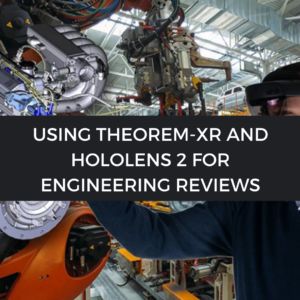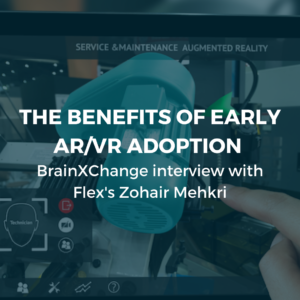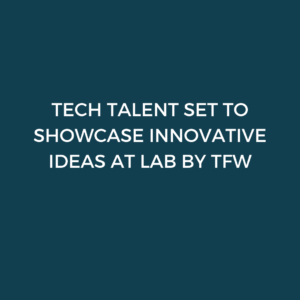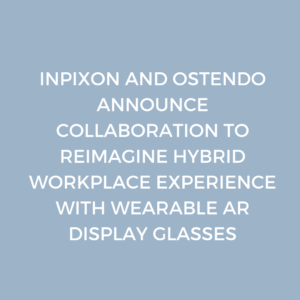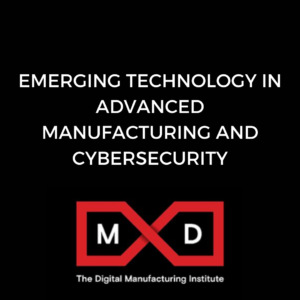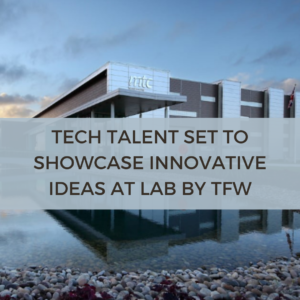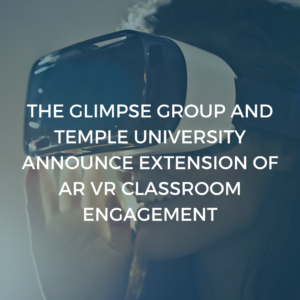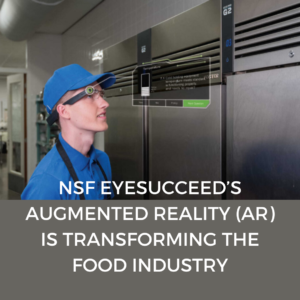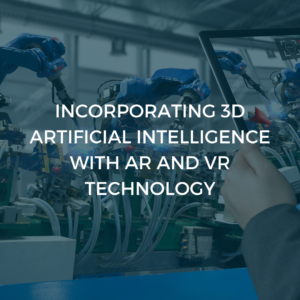TeamViewer Frontline Augmented Reality Certified as SAP Endorsed App Available on SAP® Store
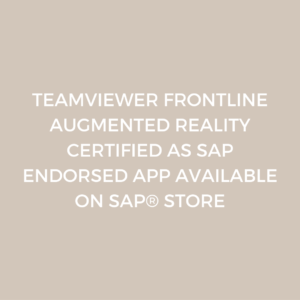
on SAP® Store.
TeamViewer Frontline Augmented Reality provides a unique AR-based software suite for deskless workers using smart glasses or mobile devices. It can be integrated into SAP’s solutions for various industries, enabling SAP customers to digitalize industrial processes and create workflows for logistics picking, assembly, quality assurance and maintenance as well as field service. Moreover, customers can receive AR-based remote support for precise and reliable troubleshooting through a shared camera stream and context-aware AR annotations.
SAP Endorsed Apps are a category of solutions from SAP’s partner ecosystem that help customers become best-run, intelligent enterprises.
Stefan Krauss, SVP & GM Discrete Industries and Energy & Natural Resources at SAP, explains: “With SAP’s recent launch of industry cloud, we simplify access to innovative vertical solutions – built by SAP and our partners on an open platform. AR-based processes can significantly increase productivity, reduce human errors, and machine downtime and therefore decrease costs. We are looking forward to the partnership with TeamViewer to help accelerate digitalization across industries.”
“SAP is a trusted global brand with a proven track record in providing enterprise software. The listing as an SAP Endorsed App gives us the opportunity to jointly go to market and to offer our leading AR solutions portfolio to SAP’s global customer base with the ambition to further digitalize their value chain,” says Alfredo Patron, EVP Business Development at TeamViewer.
